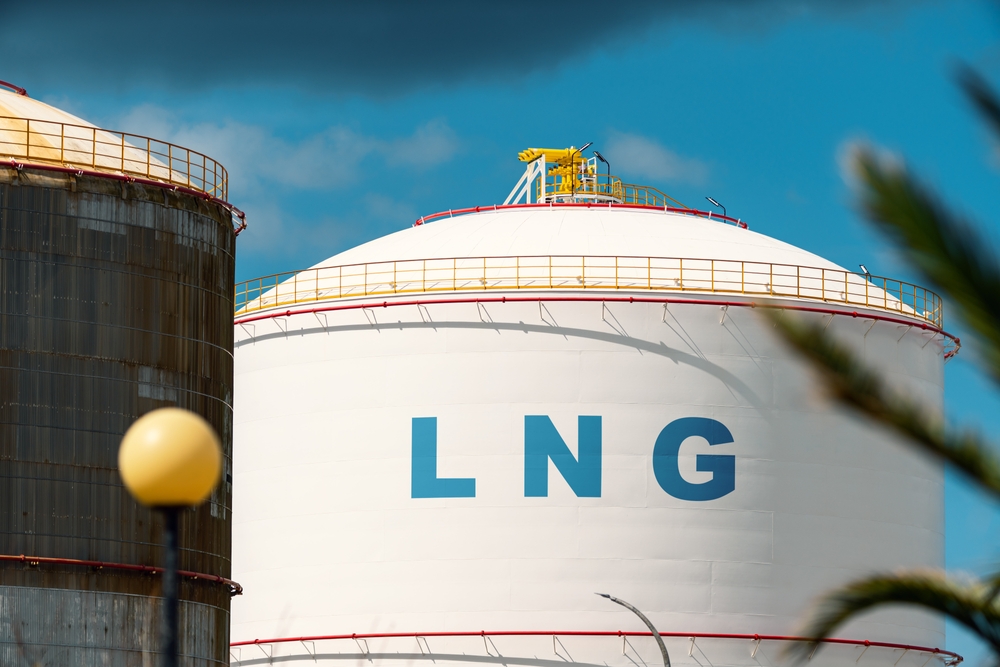
Potential sites in Western Australia were evaluated in a recent study for their capacity to receive and dismantle oil and gas assets, as more than half of Australia’s total decommissioning liability sits offshore WA.
In February, the Centre for Decommissioning Australia (CODA) published the Western Australia Decommissioning Hub Location Study, which evaluated potential sites on the WA coast that would be suitable for establishing a decommissioning receival and dismantling yard for offshore oil and gas assets.
It found that multiple locations had characteristics which would suit the establishment or configuration of a yard, and importantly, that an onshore decommissioning ‘solution’ in WA would likely require multiple facilities to contribute to the disposal of offshore assets and might service different parts of the market.
CODA said: “The recovery of pipelines is likely to be the geographically closest port and serviced by smaller vessels compared to large, specialist vessels which are required for fixed assets (i.e. platforms).
“Quayside dismantling of pipelines is unlikely to be necessary as they should arrive on the wharf in roadtransportable sections – the recovery and dismantling of pipelines should not govern the configuration or location of a dismantling hub.”
CODA also pointed out that there was considerable overlap in the specification for an onshore dismantling hub and an offshore wind staging and decommissioning site, and further development of concepts for each should be collaborative and consider interchangeable requirements for a dual-use facility.
Ports highlighted by the study include the Port of Ashburton, the Port of Dampier, and Onslow Marine Support Base, however each of these have certain limitations that prevent future developments from meeting the requirements of receiving the largest and heaviest oil and gas assets.
Sites identified for possible development of heavy asset decommissioning include the Australian Marine Complex in Henderson and the Port of Bunbury, with CODA suggesting a site in the southwest could potentially align with strategic planning for the defence, offshore wind, and heavy fabrication industries. Lower-capacity facilities the study noted include Broome and Port Hedland, as well as the proposed Gascoyne Gateway.
Stephen Dawson, WA’s Minister Assisting for Industry Development, said at the launch of CODA’s report that decommissioning was about laying the foundation for a circular economy that was sustainable and forward thinking. He said: “It’s about building essential infrastructure such as ports and recycling hubs and importantly, it’s about the creation of countless job opportunities and fostering innovative technologies.”
Dawson added that WA and the rest of Australia had a golden opportunity to both upskill and expand its capacity and capability in the emerging sector. CODA has previously estimated a decommissioning liability of about $60 billion for the full removal of all equipment installed offshore, with 59 per cent of the liability associated with fixed, floating, subsea and pipeline facilities and the remainder comprising of well plugging and abandonment.
Of the total liability, about 60 per cent is off the Western Australian coast while a majority of the remaining is located in the Bass Strait. Prepared in 2020, this was the first consolidated attempt to quantify the volume of offshore decommissioning work, and the federal government is currently commissioning an updated liability estimate.
The government said an updated baseline value of decommissioning liability would help to better identify opportunities across the pipeline for cost reduction through coordination and prioritisation with a baseline to quantify milestones and progress.
Alex Hillman, Lead Analyst at the Australasian Centre for Corporate Responsibility, said the current liability was likely an underestimate, as the true state and cost for many aging offshore facilities was uncertain, existing public datasets were limited, and company disclosure was generally minimal. He said: “Internationally, remediation costs have exceeded provisions, by an average of 76 per cent. “Yet companies who could have foreseen these risks have not sufficiently disclosed their preparation plans or financial liabilities, leaving investors in the dark about these substantial costs.”
Hillman added that the regulator NOPSEMA expected the decommissioning to be complex, expensive, span many years and introduce many new and significant safety, environmental and well integrity risks. CODA’s 2020 report estimated there were about 5.7 million tonnes of decommissioning material that needed to be removed from offshore oil and gas facilities and projects, the equivalent of 110 Sydney Harbour Bridges.
Most of the material (89 per cent) is offshore Western Australia, while the remainder offshore Victoria, and about 60 per cent of the material is steel, most of which will be able to be recycled. A further 25 per cent of the material is concrete, as part of offshore structures or pipeline coating, and about 67 per cent of all material is related to pipelines (trunklines and infield). The report identified potential savings opportunities through actions such as collaborative campaigning or leaving materials in situ, as well as combining the processes of mobilisation/ demobilisation, rig move, and tripping, which can save up to 10 per cent in operational costs.
Furthermore, research has shown that having a deep understanding of well barrier materials could help operators reduce well plug and abandonment costs by up to 50 per cent. Cost-saving measures noted by CODA, such as limiting activities on the removal and transport component of export and inter-field pipelines to preparation, disconnection, cleaning, and site remediation (in effect re-trenching or burying pipeends and leaving the pipelines in place), could save 15 per cent of the total liability.




